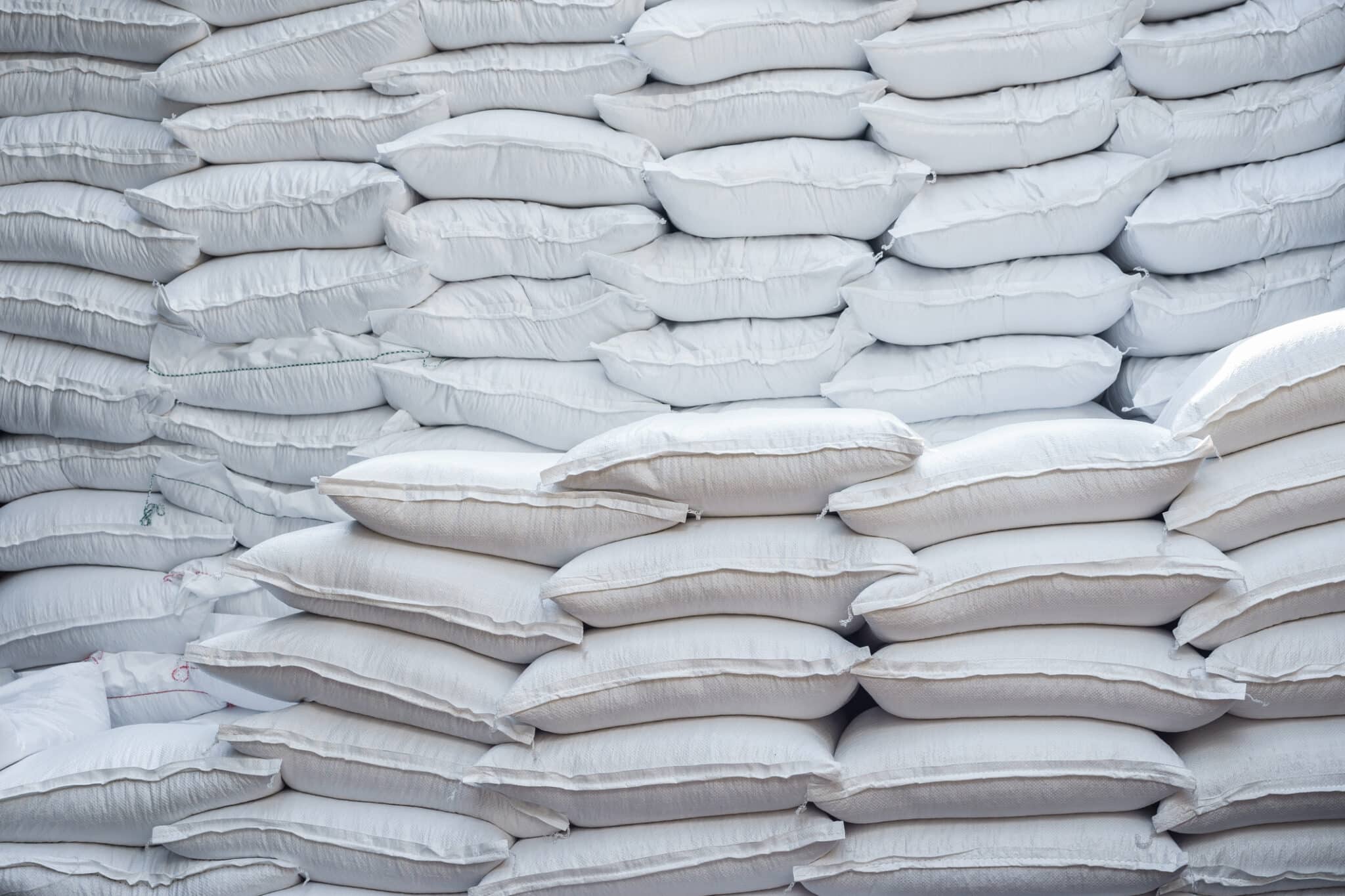Saving seed is a concept that has been around for thousands of years. We usually think of saving seed as a farmer setting aside seed from a prior year’s harvest for planting in future years.
I am often asked questions on intellectual property related to seed. Some of the questions I receive on a regular basis, “When can I save seed?” and “How much seed can I save?” The answer is, it’s complicated.
Companies involved in germplasm development or seed technology development generally re-invest 10-12% of sales into new innovations. With the cost of a variety development around $1-7 million over 8 years depending on crop or the cost of commercializing a new trait estimated to be $136 million over 13 years1, companies have a financial responsibility to their shareholders and customers. Thus, there are several mechanisms to continue innovation development by companies.
In the United States, there are a number of legal systems that are used to protect seed, including patents, Plant Variety Protection (PVP), and contracts.
Patents
In the United States, specific seed varieties, characteristics and improvements may be protected by one or more U.S. patents. A U.S. patent is administered by the U.S. Patent and Trademark Office. In general, a U.S. patent holder can prevent others from making, using, offering for sale, and selling, or importing the claimed invention in the United States. There is no exemption under patent law that allows a farmer to save seed.
Plant Variety Protection
PVP protection is one option for seed varieties. PVP protection is administered by the U.S. Department of Agriculture (USDA) and is used by developers of new varieties to restrict the use, marketing and sales of varieties.
However, unlike a patent, a PVP does allow a farmer to save seed in certain cases. The U.S. Supreme Court ruled in Asgrow v. Winterboer that U.S. PVP law allows for a farmer to save enough seed to replant one year’s crop on their own acreage. “Brown bagging” or selling the saved seed for replanting is a violation of U.S. PVP law.
I often hear theories on the scope of how much seed can be saved, including that a farmer can save the same amount of seed as they previously purchased. However, the Court in Asgrow was fairly clear that a farmer can only save enough seed to replant one year’s crop on their own acreage.
Limited Use License
In addition to patent and/or PVP protection, many seed varieties are also protected by contract or End User License Agreement (EULA). Two of the more common forms of contracts for seed varieties are bag/tag agreements and/or limited use agreements. Bag/tag agreements are contracts often placed on seed containers and/or invoices that typically restrict the use of the seed within the container once opened by the grower. Limited use agreements are between farmer and breeder and often require that seed from the variety can only be used to produce one commercial crop and cannot be used for planting, transferred or provided to any party for crop breeding, research or seed production.
No PVP, Patent or License?
So, what if there is no PVP, patent or license protection associated with a seed or its technology? Then there may not be any restrictions to a farmer’s use of the seed in question. However, it is very important to do your due diligence to ensure that there are no restrictions.
How do you Know if your Seed May be Protected?
So how does a farmer know if the seed they are purchasing is protected?
- Talk to your seed dealer or seed company
representative - Check the bag and tag labeling
- Refer to your limited use/technology use agreement
- Consult the seed company website
If you see or suspect seed piracy you can contact the SIPA Tip Line at 844-SEED TIP.
1. CropLife International, Getting a Biotech Crop to Market, 2011












